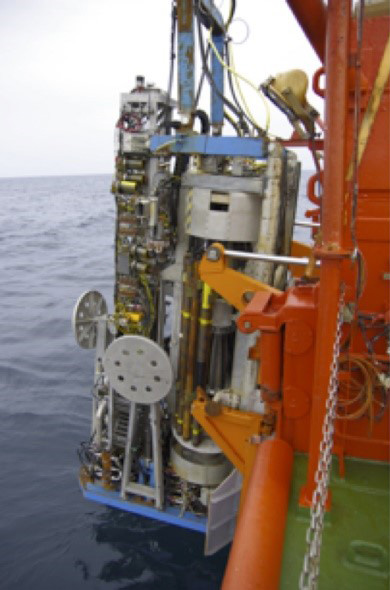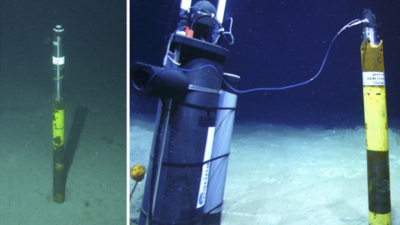- Home
- Discover
- Archive News
- News 2018
- Exp M149
Trigger for earthquakes in focus
Every quake and every landslide leaves relics in the ocean floor in the form of sediment deposits. On this expedition with the research vessel METEOR, the seabed drill rig MARUM-MeBo70 and a gravity corer will be used to drill as long sediment sequences as possible. They help to better investigate and assess the sequence of natural events and their hazard potential, explains MARUM chief scientist Dr. Andre Hüpers. The team also wants to investigate the consequences of fluid flows under water. The scientists will measure heat flows and install borehole observatories at three locations with MARUM-MeBo70. Another goal of the expedition is to measure the region with Multibeam and Parasound and to record temperature progressions.
More Information, weekly reports and log entries during the expedition




